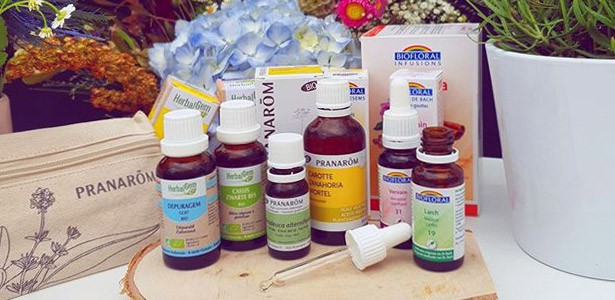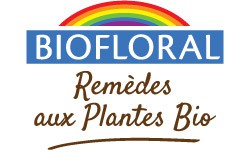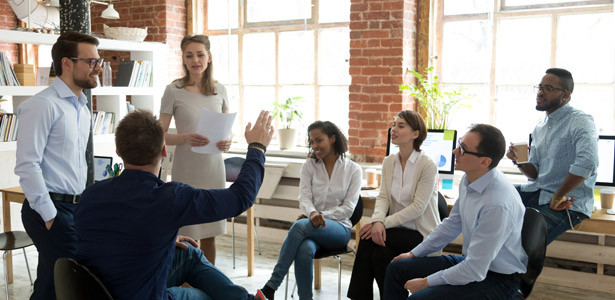Spike lavender flowering top
Field of application
Respiratory Health - Joints and Muscles - Insect Repellant - Beauty Treatments
This product interests you ?
Share
Labels
Dosage
Advice
"
Precautions
"
Reference
2001
EAN
5420008520013
ACL
7753168
CNK
1626662
Nut/PL
PL175/135
Regulatory status
Dietary supplement
The other products of the field of application Beauty Treatments
Ylang-ylang totum
Cananga odorata
CTEO - TOP NATURAL AND ORGANIC
Native to Asia, this tropical tree bearing shiny, persistent leaves can grow up to 20 metres in the wild. The flowers, yellow when mature, produce the best essential oil. Ylang ylang provides an essential oil whose fragrance is universally appreciated for its warm, flowery, exotic, round and feminine notes. It is hardly astonishing that it is one of the essential oils that can change human behaviour by olfaction.
15981
Cananga odorataJava citronnella
Cymbopogon winterianus
CTEO - TOP NATURAL AND ORGANIC
Like all cymbopogons, Java citronella comes from Indonesia and has large, narrow leaves and linear stems and inflorescences. Citronellas are large perennial herbs that grow wild or are cultivated in tropical regions like Java and Sri Lanka. Their fresh, green, lemony odour resembles that of melissa, for which they are sometimes used as substitutes.
7262
Cymbopogon winterianus















